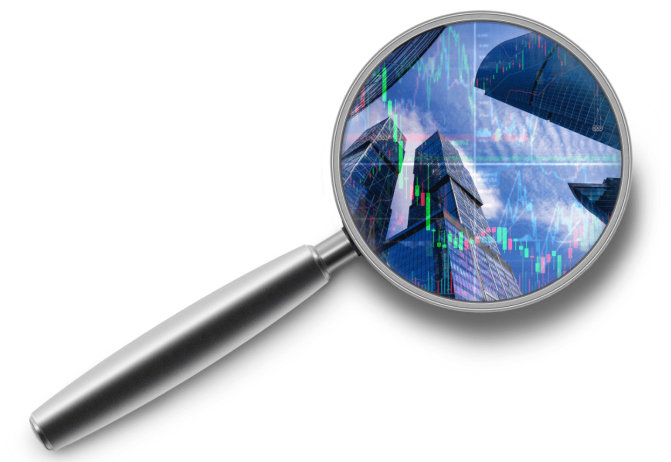Janus Henderson Corporate Debt Index
The fourth edition of the Corporate Debt Index measures the extent to which the world’s largest companies are financing themselves with borrowings and how affordable and sustainable those borrowings are. It also showcases the latest views from our expert fund managers.

2 minute read
Key takeaways:
- Companies around the world took US$456 billion of net new debt in 2022/23, pushing the outstanding total up 6.2% on a constant-currency basis.
- High debts are backed by record profits – US$ 3.62 trillion in 2022-2023.
- Income is back – median yield on investment-grade bonds was 4.9% by May, up from 4.1% a year ago.
Janus Henderson Podcast
James Briggs and Michael Keough, Fixed Income Portfolio Managers, explain:
“The exact path for the global economy and corporate earnings may be very unclear, but the end of the rate-hike cycle and the return of ‘income’ mean there is a lot for corporate bond investors to be happy about.
Debt levels may have risen but they are very well supported, and the global economy has remained remarkably resilient. This resilience and the extraordinarily high levels of profitability companies have enjoyed in the last two years reflect vast sums of government deficit spending and central bank liquidity stimulus during the pandemic. The surge in interest rates needed to quell the resulting inflation is succeeding in most parts of the world, but it is not at all clear when and to what extent the economy will suffer the more painful consequences – higher unemployment and lower profits.
For companies, higher interest costs will gradually increase pressure for the foreseeable future, affecting some more than others depending on their creditworthiness and the structure of their borrowings. All this means exciting times for corporate bond investors. Most obviously, higher interest rates mean ‘income’ is back as a theme. Investors can now lock into meaningful levels of income for the first time in years. Not only that, but when market interest rates fall to reflect lower inflation and a slowing economy, bond prices rise, generating capital gains too. Central banks are likely to start cutting rates in 2024.
A slowing or even shrinking economy will hit the creditworthiness of some borrowers more than others but the extent of this impact and the time lags are very uncertain at present. This phase of the credit cycle is one where sector and security selection are very important. Under these conditions, we prefer to focus on high quality companies with strong balance sheets, steady cash flow and resilient fundamentals.”


